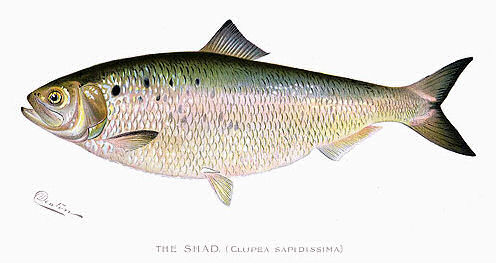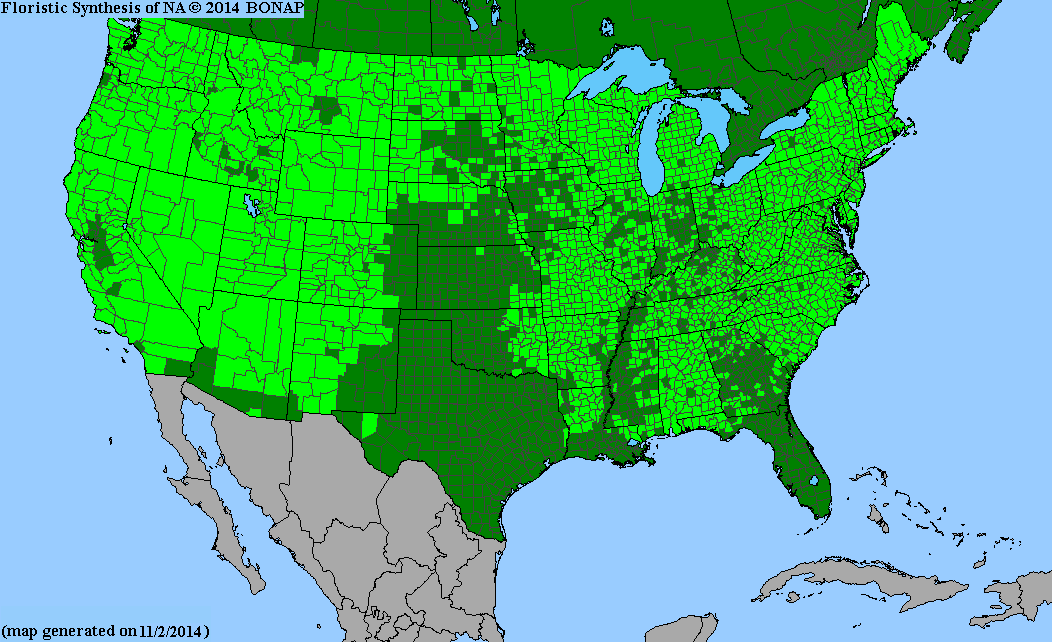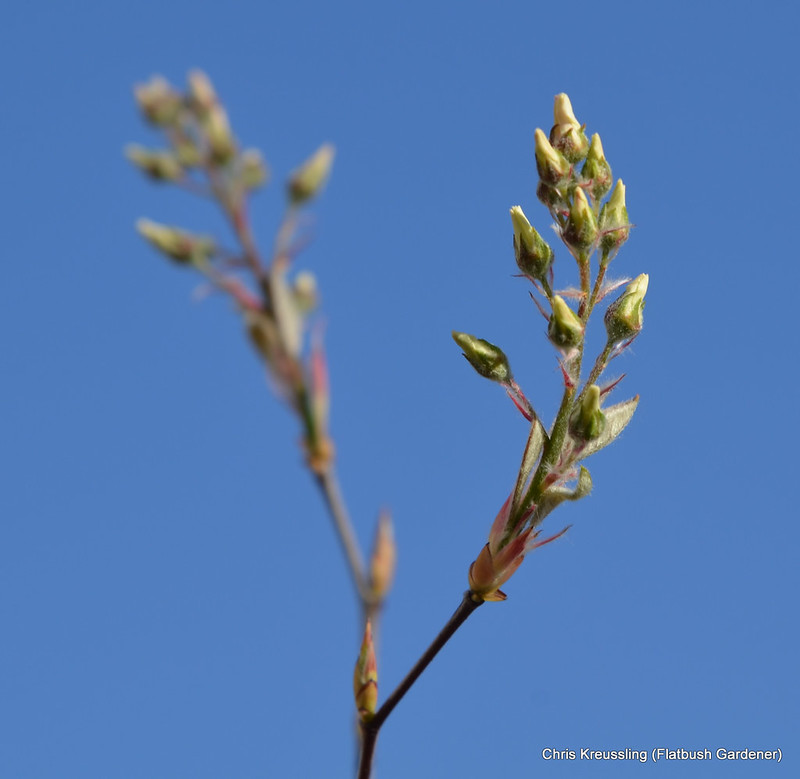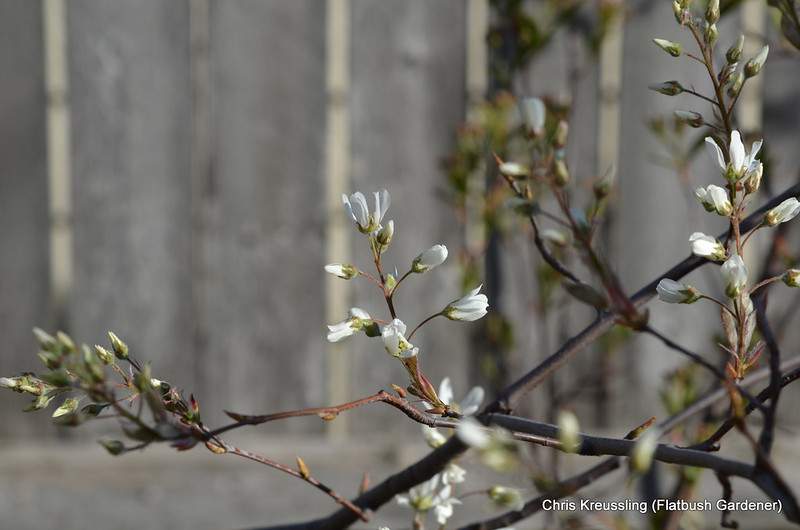2019-04-07: Additions and link corrections
With a score or so species, subspecies, and natural hybrids native to northeastern North America, the genus Amelanchier goes by several common names, many of which represent the plants’ phenology:
- Shadblow
- It blooms – blows – when the shad are running.
- Juneberry
- The edible, dark-purple fruit ripen in June.
- Serviceberry
- It blooms now, when the ground has thawed enough to dig new graves, and services can be held for those who died during the Winter.


There are examples of Amelanchier blooming all around us, if you know what to look for. Unfortunately, you’re more likely to encounter Pyrus calleryana, Callery Pear, alien and invasive, and widely planted as street trees. This year, they started blooming before the Serviceberries.
Serviceberries, to my eye, are more elegant, with widely-spaced branches, and feathery flowers held in elongated clusters. My specimen, Amelanchier x grandiflora ‘Autumn Brilliance’, finally bloomed two days ago. It’s opening unevenly, still a day or two away from full bloom. Perhaps it’s as suspicious of our early Spring as I am, hoarding its treasures lest they all be squandered at once to a hard frost.
Slideshow
Related Content
Native Plant Profile: Amelanchier x grandiflora
Links
USDA PLANTS Database: AMELA
Wikipedia: Amelanchier
BONAP: Amelanchier


